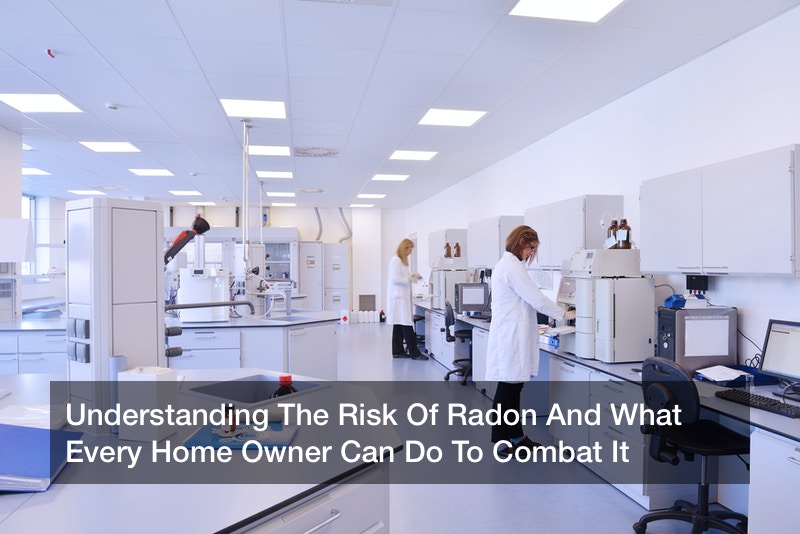
Radon is a gas that is hugely harmful to the human body. As a matter of fact, living in a home with radon levels that are meeting or exceeding EPA actions levels effectively exposes you to more radiation than 35 times the radiation that you’d be legally allowed to experience if standing near a radioactive waste site, even at its fence. Therefore, it is quite clear indeed that radon can wreak havoc on the human body, much in the way that other forms of radiation exposure also lead to.
For instance, one of the most common ways that people will experience the negative impact of radon exposure, particularly long term radon exposure, is through contracting lung cancer. Unfortunately, radon exposure now causes more deaths from lung cancer and more cases of lung cancer than everything but smoking and the use of tobacco products. Unfortunately, it is also the case that lung cancer is not diagnosed early on in the illness. Because of the nature of the progression of the disease, it is often not outwardly symptomatic until it has reached the later stages of the illness, when it is much harder to treat and much less receptive and reactive to the treatments that have been given. This amounts to as many as 20,000 radon related lung cancer deaths throughout the course of the typical year – and that’s just here in the United States alone.
And this is a danger that is putting more people at risk than you might realize or think – in fact, you yourself might be at risk and not even know it. Already, it is likely that one home out of every fifteen is experiencing levels of radon that meet or exceed those above mentioned action levels set by the EPA. And in certain parts of the country, the risk factors for being exposed to radon are even much higher. For instance, radon levels in up to seven states are so high that up to one third of all homes are impacted by radon levels that meet or exceed EPA action levels. The same is true for up to three Native American reservations found in this country as well. For people who live in these parts of the country, radon testing and potentially radon mitigation will become more important than ever before.
Fortunately, radon testing companies can make this process easier, providing radon testing and inspection that is simple but effective. Typically, radon testing companies are likely to begin the testing process through the use of something like a short term radon detector. There are a number of short term radon detectors being used throughout the country, and these short term radon detectors will typically be effective at reading radon levels for anywhere from two days to nearly three months (around 90 days, to be just a bit more specific). Of course, there are long term radon detecting tests that can also be utilized. These tests will typically be used past the above mentioned 90 day mark to provide an even more comprehensive understanding of radon levels within a home or other such building. At the end of the day, this proves how essential radon testing companies can be. After all, without radon testing companies, we would not be able to access information that can have a large impact on our health.
If you, through the help of radon testing companies, unfortunately discover that your home has high levels of radon in it, there are methods you can take to reduce these levels, as radon mitigation services should be just as available as radon testing services, maybe even through the same radon testing companies. And fortunately, even passive systems of mitigation can be largely beneficial. In fact, passive systems of radon mitigation alone can end up dropping radon levels in the typical home by as much as a full 50%, which is certainly quite impressive indeed. In addition to this, tools like a radon ventilation fan can be effectively used to even further reduce overall radon levels.
At the end of the day, radon testing companies and radon mitigation companies can be hugely critical when it comes to overall management of radon.

